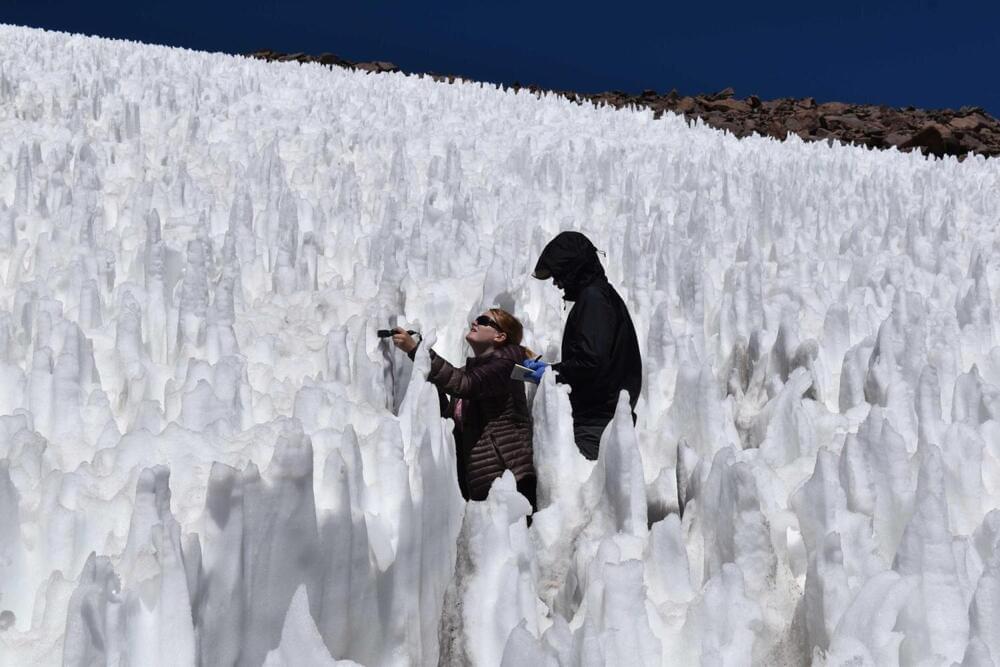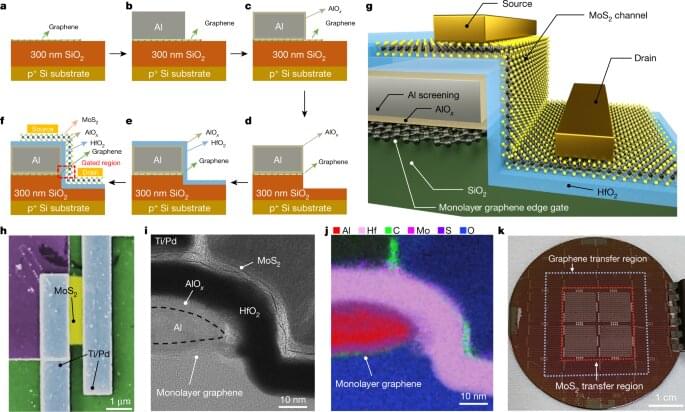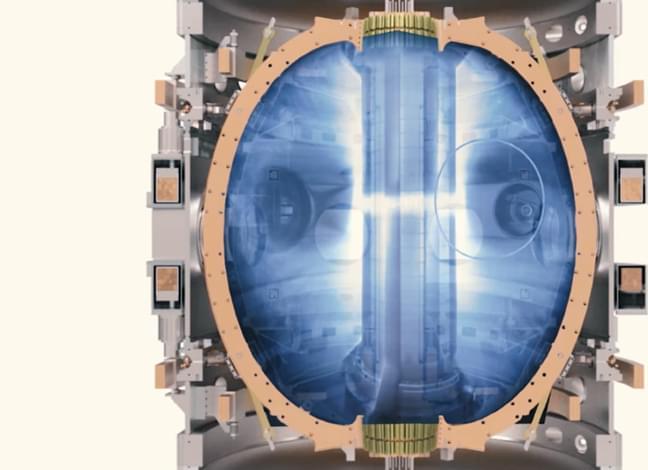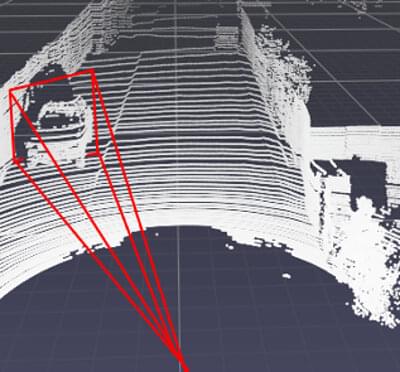Mar 14, 2022
Researchers Use Flat Lenses for Realistic-Looking 3D Displays Without Glasses
Posted by Genevieve Klien in category: electronics
New approach lays groundwork for compact 3D displays that create more realistic virtual scenes.
Researchers have demonstrated a prototype glasses-free 3D light field display system with a significantly extended viewing distance thanks to a newly developed flat lens. The system is an important step toward compact, realistic-looking 3D displays that could be used for televisions, portable electronics, and table-top devices.
Light field displays use a dense field of light rays to produce full-color real-time 3D videos that can be viewed without glasses. This approach to creating a 3D display allows several people to view the virtual scene at once, much like a real 3D object.


















